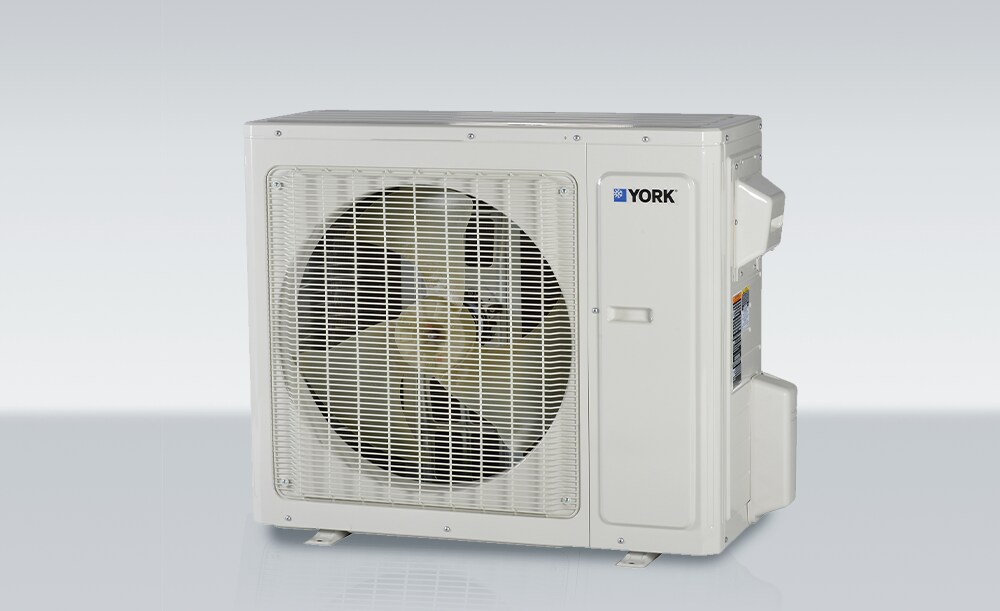Everything You Should Know About Residential Heating and Cooling
Types of Residential HVAC Systems
This involves a YORK® air conditioning unit or heat pump installed outside your home and a furnace or air handler installed inside. Heated or cooled air is forced through the home's ductwork via a mechanical blower. The conditioned air travels through ducts and is controlled through your home thermostat.
Here, an electric heat pump is used in conjunction with a furnace, which is used to heat the home when outdoor temperatures are colder. When indoor heating is still needed, the heat pump can be an efficient, supplemental heating source. Additionally, the heat pump can also be the source of cooling when air conditioning is needed.
A duct-free mini-split system is an ideal solution for older homes that are not equipped with HVAC ducting. They are installed directly into the areas of the home that require heating and cooling. Typically, one unit will manage the comfort of a single room, or zone, in your home.
Residential packaged HVAC systems are compact and efficient. The system design consolidates all the components of a traditional, split HVAC system into a single unit that sits outside your house. This is an ideal solution for homeowners without a basement or who require rooftop equipment.
Comfort Considerations
Beyond residential heating and cooling, different features of an HVAC system can impact your energy costs, efficiency and comfort of your home.
Here are three comfort considerations to keep in mind:
- Energy efficiency: Energy-efficient types of residential HVAC equipment are good for the environment and provide significant savings on your utility bills. The ENERGY STAR® designation helps make identifying efficient residential heating and cooling products easy. It's a standard created by the U.S. Department of Energy and the U.S. Environmental Protection Agency that means you'll save 15-25% more energy than standard products. To learn more about what these energy ratings mean, click here.
- Indoor air quality: Your HVAC system is responsible for regulating and circulating airflow around your home, so improving indoor air quality can improve the comfort and health of your home. Indoor air quality products, such as ventilators, humidifiers, dehumidifiers and air cleaners, can be helpful in homes with pets or those with allergies, asthma or concerns related to airborne viruses, bacteria or mold.
- Thermostats: Your thermostat is the command center of your HVAC system. In addition to controlling indoor temperature, thermostats can integrate smart home features while improving efficiency and reducing energy costs. Some YORK® thermostats integrate voice control using Amazon Alexa, remote access and monitoring via a smart device (including Apple Watch®), and include service alerts and remote dealer monitoring.



